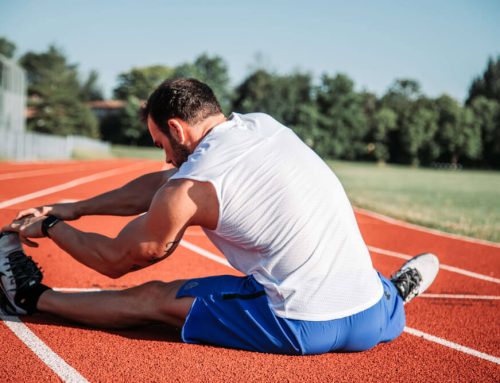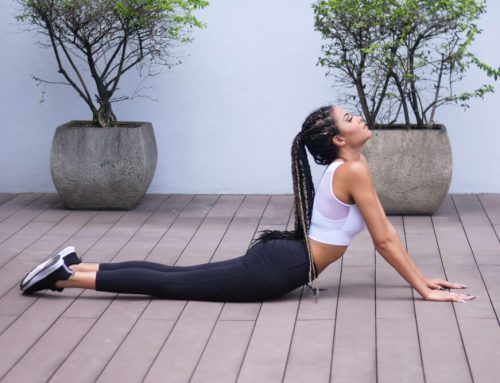Are you enjoying your running? Feeling positive and in the zone with your training?
Whilst I don’t want to be a fun sponge, if you are neglecting self-care between runs you may be asking for a running injury! This is particularly relevant if you’re focused on building up to an event (i.e. marathon) or incorporating faster running into your schedule.
I’ve learnt the hard way after years of neglect, finding myself injured month after month. Making the same mistake of bouncing from one run to the next tight and locked-up. Finishing a long run then sitting for 8 hours at a desk!
Sound familiar? I’m not alone and according to Yale Medicine, 50% of runners get injured each year although many other sources cite higher up to 80%! I believe knowledge is power so keen to share my advice for looking after yourself, preventing injury and possible time on the sidelines.
What do runners get injured so much?
With so many runners getting injured every year surely education and awareness of self-care good practice is key. Despite the advancement in food, drink and technology which promise to prevent illness and injury runners keep getting injured, making the same mistakes as their predecessors. Not surprisingly, the most common injuries relate to your knees, legs, and feet. From my research there are three reasons why runners get injured:
- Structural Imbalances. This includes having one leg shorter than another, biomechanical issues, or having weakness/imbalance in muscles.
- Volume and Speed. When an individual goes too far or too far before their body is ready to handle. I’ve read this best summarised as “Metabolic changes vs. Structural Changes”.
- A Slip, Trip or a Fall. Whilst the other two are primarily the reason for self-care, I didn’t want to neglect that getting injured whilst out running can lead to issues where remedial is required.
What can I do to prevent running injury?
I highly recommend building in daily stretching habits to keep soreness at bay and injury creeping in. It doesn’t take very long to find advice on stretching and yoga for runners. For me though, it’s about finding a hook and building positive self-care habits. If you keeping forgetting to or your days pass by in a blink you may want to do read up on ways to make a habit. I highly recommended Atomic Habits by James Clear and The Power of Habit by Charles Duhigg.
By searching YouTube you can easily find an array of stretching, foam rolling and yoga videos. I recommend looking for ‘follow along‘ videos so you can take your time and understand the correct way to hold a stretch. See the bottom of this post for my recommendations.
Remember, if you experience any kind of pain or discomfort when running, it’s best to perform a retrospective. When did you last run? Have you been increasing the distance and speed recently? Have you been stretching regularly? If the injury is preventing you from running I recommend seeing a chiropractor and getting a sports massage. At least to getting a second opinion to better understand remedial action(s).
If you do experience discomfort either during or after a run then I recommend immediately following the RICE protocol (Rest, Ice, Compressions, Elevate). Anti-inflammatory drug (like Ibuprofen) along with targeted exercises can also help you recover from many common running injuries, but take caution depending on the type of injury.
And don’t forget, cutting back on how often and how far you run will help you recover faster.
Minimise your risk of a running injury with these tips
Here are my recommendations for keeping injury free:
- Warm-up before runs. Before you start running, perform a set of stretches and mobility stretches for 5 to 10 minutes.
- Watch your running volume. Follow the 10% rule, so don’t increase your long run or weekly volume by more than 10% at a time.
- Watch out for small niggles. Rest or attend to minor niggles so they don’t develop into a more serious injury. Seek professional advice if you are unsure remedial action.
- Work on your running form. Poor running technique can increase the amount of stress on your body. Research good running technique and practice. I find filming yourself gives greater awareness of any poor form. In addition, tools such as a heart rate monitor can provide running dynamics feedback (i.e. velocity/balance).
- Core strengthening. Build stability exercise routines into your week (i.e. planks, glute bridges or single-leg squats).
- Cross Train. Adding some low impact workouts into your week such as cycling or swimming can help improve your aerobic fitness whilst giving your joints a break!
Can you recommend any stretching videos?
Well, yes I can – this is my go to which I revisit every month or so to check-in on my mobility.






